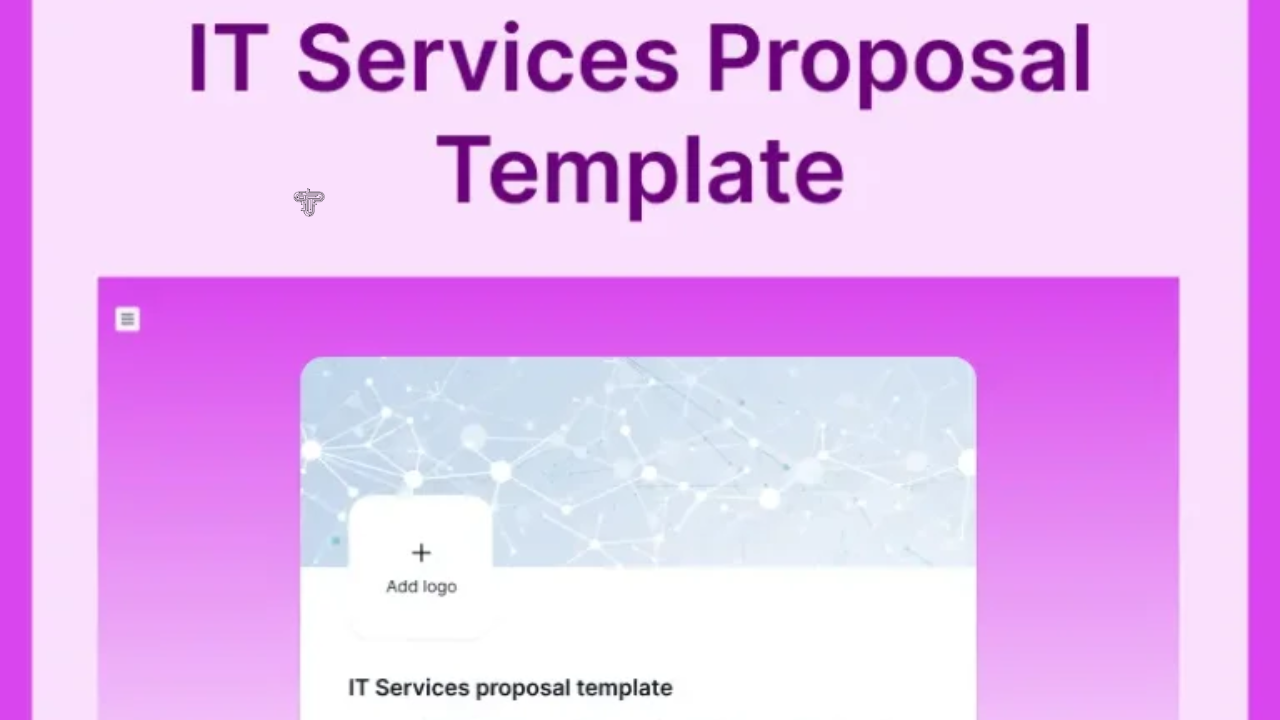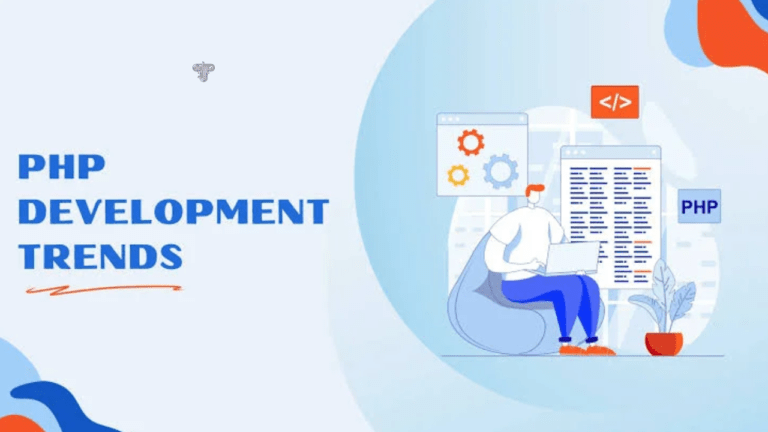Customizable IT Services Proposal Template for Success
In today’s technology-driven world, businesses rely on IT service providers to manage their networks, cybersecurity, cloud infrastructure, and overall digital transformation. However, securing clients in the competitive IT industry requires more than just technical expertise—it demands a compelling and structured proposal that showcases your capabilities and instils confidence in potential clients.
A well-designed IT services proposal allows you to demonstrate professionalism, address client pain points, and present tailored solutions that meet their unique needs. When crafted effectively, a proposal increases your chances of winning contracts and lays the foundation for a strong and lasting business relationship.
Understanding Client Requirements Before Drafting an IT Services Proposal Template
Before drafting an IT services proposal template, it is crucial to understand the client’s requirements, challenges, and expectations. A generic proposal that lacks specificity will fail to resonate with potential clients. Instead, conducting preliminary research on their existing IT infrastructure, security concerns, scalability issues, or inefficiencies will enable you to tailor your solutions effectively.
Addressing the client’s pain points directly and offering clear, strategic recommendations will demonstrate your expertise and build trust and credibility. Whether the client needs managed IT support, cybersecurity services, or cloud migration, your IT services proposal template should position your company as the ideal partner for their technological needs.
Essential Components of an Effective IT Services Proposal
A well-structured IT services proposal should be both comprehensive and easy to follow. Below are the key sections that should be included to maximize clarity and persuasiveness:
1. Cover Page and Introduction: Making a Strong First Impression
The first page of your proposal sets the tone for the entire document. It should include essential details such as your company name, logo, proposal title, the client’s name, and submission date. The introduction should be engaging, providing a brief yet impactful summary of your company’s expertise, proposed services, and how your solutions align with the client’s needs. A compelling introduction immediately grabs attention and encourages the client to read further.
2. Executive Summary: A Snapshot of Your Proposal
The executive summary should provide a high-level overview of your proposal, outlining the client’s primary IT challenges, your proposed solutions, and the expected benefits. This section should be concise yet persuasive, demonstrating your understanding of the client’s business and positioning your company as the best fit for the job. Avoid technical jargon and focus on clear, results-driven language highlighting efficiency, security, cost savings, and performance improvements.
3. Understanding the Client’s IT Needs: Addressing Pain Points
This section is where you show that you have done your research. Clearly outline the client’s current IT challenges, inefficiencies, or risks affecting their operations. Whether they are struggling with outdated hardware, cybersecurity vulnerabilities, or poor IT support, defining their pain points establishes the relevance of your proposal. Demonstrating a deep understanding of their needs creates a strong case for why your services are necessary.
4. Proposed IT Services and Solutions: A Tailored Approach
Clearly define your services, ensuring they directly address the client’s challenges. This section should be structured to include:
- Managed IT Support: Remote monitoring, help desk support, software updates, and troubleshooting to ensure seamless IT operations.
- Cybersecurity Solutions: Advanced threat detection, firewall management, data encryption, and compliance measures to protect sensitive information.
- Cloud Computing Services: Cloud migration, hosting, data storage, and backup solutions for scalability and flexibility.
- Network Infrastructure: Setup, maintain, and optimise secure and high-performance IT networks.
- IT Consulting & Digital Transformation: Strategic planning and implementation of new technologies to enhance efficiency and growth.
For each service, briefly explain the benefits and how it will improve the client’s operations. Visual elements such as charts, graphs, or workflow diagrams can help convey complex solutions easily.
5. Implementation Plan and Project Timeline: Setting Clear Expectations
Clients want to know how long the project will take and what to expect at each stage. Breaking down the process into phases with estimated timelines can provide clarity and assurance. A structured implementation plan may include:
- Initial consultation and IT assessment
- Planning and strategy development
- Execution and Deployment
- Testing and optimization
- Ongoing maintenance and support
A detailed roadmap ensures that the client understands the workflow and builds confidence in your ability to execute the project efficiently.
6. Pricing and Payment Terms: Ensuring Transparency
Clearly outlining the pricing structure helps prevent misunderstandings and sets expectations upfront. Your pricing can be presented in various formats:
- Fixed Project Pricing: A one-time cost for a specific project with defined deliverables.
- Hourly Rates: Billing based on the number of hours worked.
- Retainer or Subscription Model: Ongoing IT support and maintenance for a fixed monthly fee.
Additionally, include payment terms, invoicing schedules, and any additional costs that may arise. If you offer different service packages, provide comparisons to help clients choose the best option for their needs.
7. Why Choose Us? Highlighting Your Competitive Edge
This section should emphasize what sets your company apart from competitors. Key factors to highlight include:
- Years of experience in IT services
- Client success stories and case studies
- Certifications and industry partnerships (e.g., Microsoft, AWS, Cisco)
- Commitment to customer support and long-term solutions
Additionally, leveraging the right project management tools can enhance efficiency and ensure seamless execution. Here’s an overview of top project management software used by IT firms:
Best Proposal Software Options for IT and Accounting Firms
Creating and managing proposals can be time-consuming, but the right software simplifies the process by offering templates, automation, and tracking features. Here are four top proposal software options to enhance efficiency and professionalism:
1. Cone
Cone is an intuitive proposal software that helps businesses create, send, and track proposals effortlessly. Built-in e-signatures and workflow automation ensure a smooth proposal approval process.
2. Qwilr
Qwilr allows businesses to create visually appealing, interactive proposals that stand out. It transforms static documents into engaging, web-based proposals with embedded media and analytics to track client engagement.
3. PandaDoc
PandaDoc is an all-in-one solution for proposal creation, electronic signatures, and contract management. It offers pre-built templates, real-time tracking, and automation features to streamline the proposal workflow.
4. Proposify
Proposify provides customizable proposal templates, collaboration tools, and analytics to improve client interactions. Businesses can create persuasive proposals and close deals faster with their structured approach.
Businesses can use these tools to simplify proposal creation, enhance professionalism, and improve conversion rates.
8. Moving Forward with Confidence
End your proposal with a strong call to action, guiding the client toward the next steps. Encourage them to schedule a follow-up call, sign the contract, or request further clarifications. Provide clear contact details and availability to make the process as smooth as possible.
Tech Blaster
Turning Proposals into Business Success
A well-structured IT services proposal is more than just a sales pitch—it is a strategic document that showcases your expertise, builds trust, and sets the foundation for successful client relationships. By tailoring your proposal to each client’s specific needs and presenting clear, results-driven solutions, you can significantly increase your chances of winning contracts and growing your IT business.







